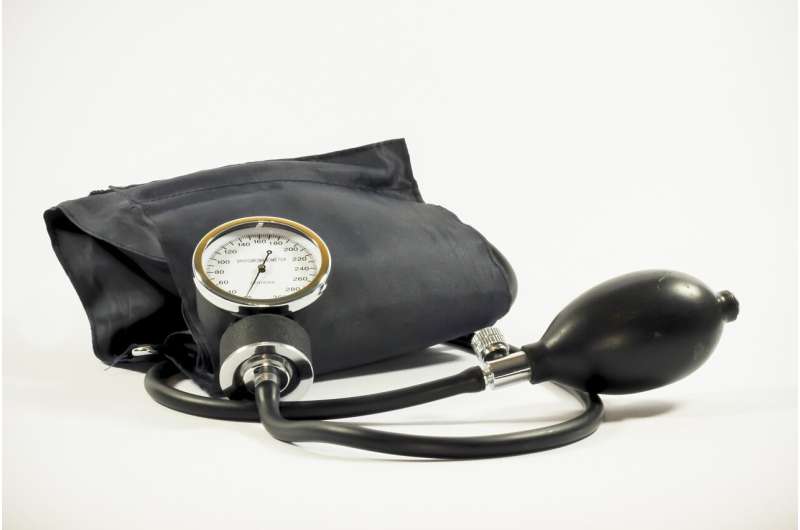This article has been reviewed according to Science X's editorial process and policies. Editors have highlighted the following attributes while ensuring the content's credibility:
fact-checked
proofread
Team provides new analysis of pulmonary hypertension

Pulmonary hypertension may be postcapillary—a result of an increase in pulmonary venous pressure in left-sided heart diseases—or pre-capillary, caused by pulmonary vascular remodeling or lung diseases, leading to increased pulmonary vascular resistance.
Pre-capillary pulmonary hypertension (precapPH) affects 9–15% of people with systemic sclerosis (SSc), and may be associated with interstitial lung disease (ILD) of variable extent. Immunosuppressants are the standard-of-care for treating ILD, skin, or musculoskeletal manifestations in SSc; however, their beneficial effect on precapPH remains unclear.
Bruni and colleagues set out to determine whether exposure to immunosuppressant therapy in SSc-associated precapPH affects morbidity and mortality using data from 755 patients in EUSTAR—the European Scleroderma Trials and Research registry. This registry was launched in 2004, aiming to unify research efforts in the field of SSc—a rare disease with heterogeneous presentation and disease course.
The EUSTAR database has grown, promoting new research and trials. This has shed light not only on SSc and its clinical course, but also driven new approaches to therapy.2 The results of this new research into precapPH in SSc are included in a session, Update on the treatment of scleroderma lung disease, at the 2023 EULAR congress in Milan, Italy.
The team found that, at baseline, patients treated with immunosuppressants more frequently had ILD, diffuse skin, joint and muscle involvement than those not receiving immunosuppression. Over a period of almost 3-year follow-up, 70% of the patients treated with immunosuppressants developed a morbidity–mortality event, defined by the first event over time between death or precapPH worsening.
Although overall exposure to immunosuppressants did not associate with the outcome, immunosuppressive targeted therapies were associated with reduced risk of morbidity–mortality. The authors demonstrated these findings with a series of figures showing the risk over time of various events; these can be viewed in the full abstract on the EULAR website. When looking at specific targeted therapies, signals for a risk reduction for the morbidity–mortality outcome were noted for tocilizumab and rituximab.
More information: Conference: congress.eular.org/



















